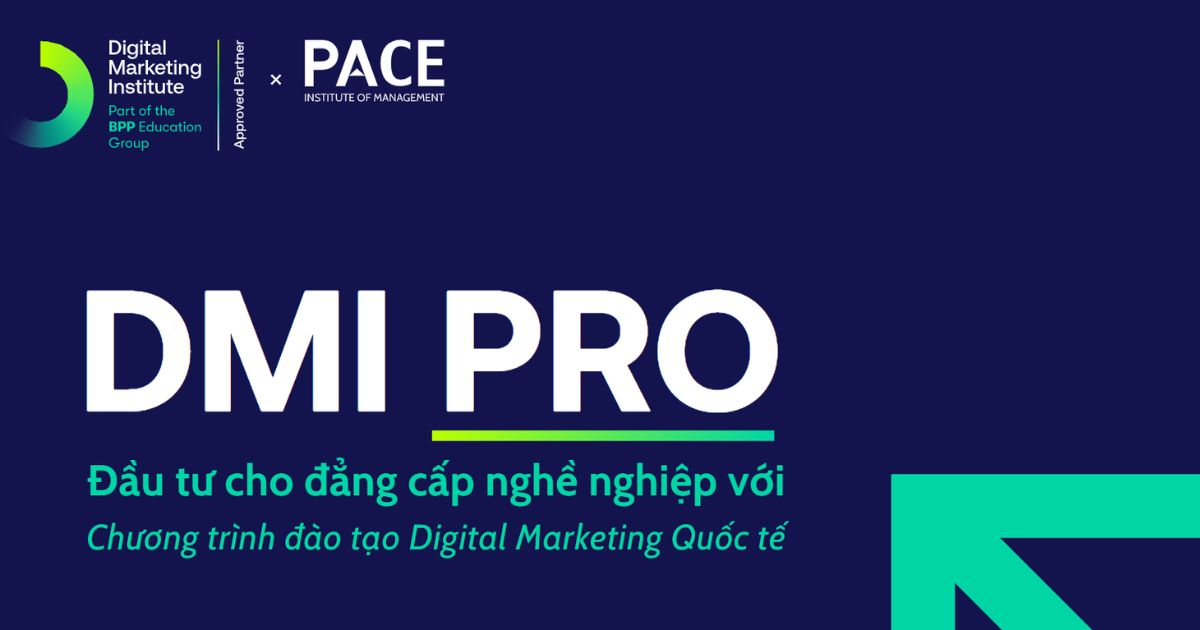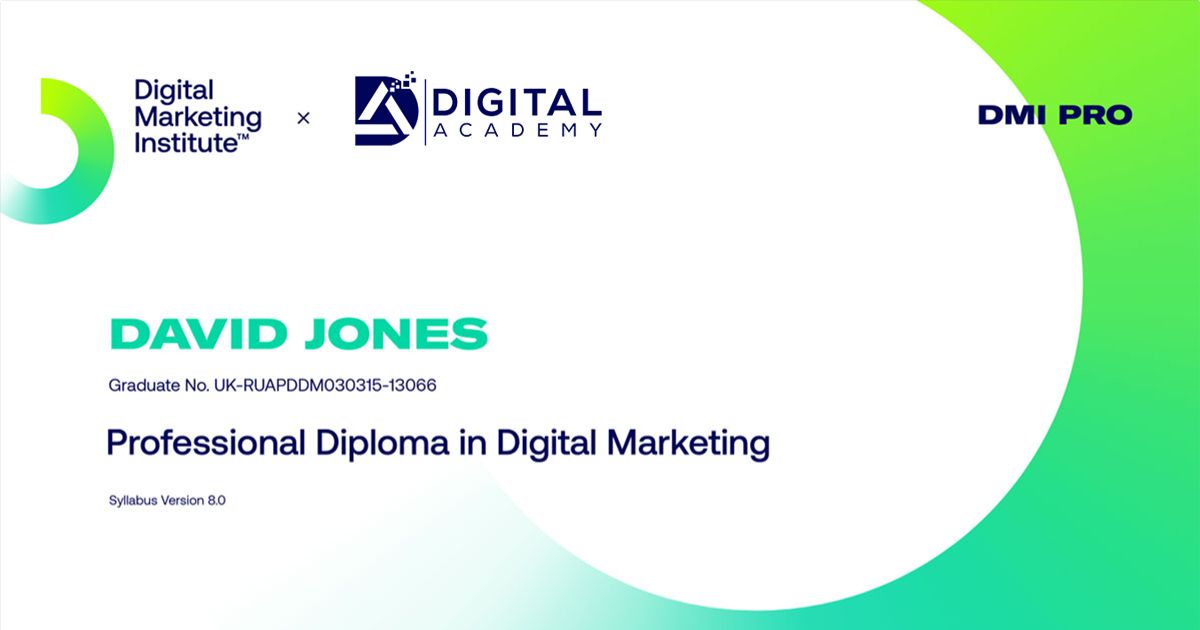Trở lại trang Blog


What exactly makes a great customer experience? (Photo: freepik.com)

But with so many opportunities to differentiate and make gains, what kind of experience management strategies should you apply to different segments?

WHAT’S THE RIGHT CUSTOMER EXPERIENCE FOR YOUR BRAND?
What exactly makes a great customer experience?
Sometimes, it seems the answer is companies that deliver hassle-free encounters. (Think Amazon, where you can seamlessly order just about anything and it arrives at your door, or The New York Times, with its frictionless auto-renew process.) Other companies excel by delivering choreographed, immersive customer journeys. (Think about the experience of visiting a Disney theme park, or an IKEA warehouse.)
But what do customers believe is more important? Do they prefer companies to focus on the experience design, or on flawless delivery and execution?
To find out, we asked 4,500 U.S. consumers about 134 unique brands in five different industries to learn about a broad range of ongoing purchase behavior, drivers of customer sentiment, drivers of spending behavior and more.
Sometimes, it seems the answer is companies that deliver hassle-free encounters. (Think Amazon, where you can seamlessly order just about anything and it arrives at your door, or The New York Times, with its frictionless auto-renew process.) Other companies excel by delivering choreographed, immersive customer journeys. (Think about the experience of visiting a Disney theme park, or an IKEA warehouse.)
But what do customers believe is more important? Do they prefer companies to focus on the experience design, or on flawless delivery and execution?
To find out, we asked 4,500 U.S. consumers about 134 unique brands in five different industries to learn about a broad range of ongoing purchase behavior, drivers of customer sentiment, drivers of spending behavior and more.

What exactly makes a great customer experience? (Photo: freepik.com)
Our analysis revealed three notable findings.
First, we found a positive correlation between both frictionless and memorable experiences and consumers’ sentiment and spending behavior. Second, we found that those relationships varied by industry. Neither of these findings are that surprising.
The third finding, however, is: At a certain point, there are zero-sum gains when pursuing both frictionless and memorable experiences as a competitive strategy. Brands can only grow so much by pursuing a joint strategy of being both frictionless and memorable. To grow beyond that point, brands must choose to focus on one or the other–to be either increasingly frictionless or increasingly memorable.
First, we found a positive correlation between both frictionless and memorable experiences and consumers’ sentiment and spending behavior. Second, we found that those relationships varied by industry. Neither of these findings are that surprising.
The third finding, however, is: At a certain point, there are zero-sum gains when pursuing both frictionless and memorable experiences as a competitive strategy. Brands can only grow so much by pursuing a joint strategy of being both frictionless and memorable. To grow beyond that point, brands must choose to focus on one or the other–to be either increasingly frictionless or increasingly memorable.
Unveiling the Frictionless-Memorable Frontier
All brands’ experiences compete on a continuum of being predominantly frictionless to predominantly memorable. Walmart, McDonald’s, and Zipcar are brands that strive for frictionless experiences, while Nordstrom, Trader Joe’s and Ritz Carlton are targeting memorable experiences.
The conventional wisdom is that a strategy aimed at reducing friction and a strategy aimed at increasing memorability offer equal opportunities for gaining market share. Our findings, however, showed diminishing returns as brands were viewed as more memorable. Brands with high market share tended to be more frictionless, whereas more memorable brands tended to have lower market share with little appreciable growth above a 15% market share cap.
One may assume, then, that brands should abandon a focus on memorable experiences and instead make their customer experiences as frictionless as possible. This presumes that brands can easily migrate from being memorable to being frictionless and vice versa. While that may be theoretically possible, it means completely abandoning a brand’s strategy and positioning. Companies should instead embrace their fundamental brand characteristics and subsequently plot their best course of action for improving customer experience, and financial outcomes, according to their brand DNA.
The conventional wisdom is that a strategy aimed at reducing friction and a strategy aimed at increasing memorability offer equal opportunities for gaining market share. Our findings, however, showed diminishing returns as brands were viewed as more memorable. Brands with high market share tended to be more frictionless, whereas more memorable brands tended to have lower market share with little appreciable growth above a 15% market share cap.
One may assume, then, that brands should abandon a focus on memorable experiences and instead make their customer experiences as frictionless as possible. This presumes that brands can easily migrate from being memorable to being frictionless and vice versa. While that may be theoretically possible, it means completely abandoning a brand’s strategy and positioning. Companies should instead embrace their fundamental brand characteristics and subsequently plot their best course of action for improving customer experience, and financial outcomes, according to their brand DNA.
Competing on Experience
The first step to a successful customer experience strategy is to be clear about what type of brand you have. Fundamentally, brands exist on a continuum from bigger established brands to smaller challenger brands. These differences inherently impact how brands compete with one another. They also impact the type of customer experience that is most likely to have the greatest impact on customers’ buying behaviors.
By incorporating a brand’s market share and how customers perceive their experiences with the brand (as either more frictionless or more memorable), you can place the brand into one of four categories, as shown in the “Customer Experience Matrix.”
By incorporating a brand’s market share and how customers perceive their experiences with the brand (as either more frictionless or more memorable), you can place the brand into one of four categories, as shown in the “Customer Experience Matrix.”
But with so many opportunities to differentiate and make gains, what kind of experience management strategies should you apply to different segments?
Mass Market Brands
For the vast majority of brands with high market shares, the answer is simple: Make the experience as frictionless as possible. Mass market brands, such as Uber, McDonald’s, and Amazon, tend to invest widely from placement to supply chain to automation to support these strategies. Mass market brands compete on price, assortment, availability, and relative ease.
This doesn’t mean having pleasant customer experiences is not essential. Rather, it is the recognition that mass market brands typically achieve growth through frequent usage. Almost by definition, this gives them an incentive to focus their strategy on reducing friction. Frequent usage also makes achieving memorable experiences difficult to maintain, since customers quickly habituate to their environment.
This doesn’t mean having pleasant customer experiences is not essential. Rather, it is the recognition that mass market brands typically achieve growth through frequent usage. Almost by definition, this gives them an incentive to focus their strategy on reducing friction. Frequent usage also makes achieving memorable experiences difficult to maintain, since customers quickly habituate to their environment.
Convenience Brands
Convenience brands, such as Wawa, Ryanair, and Do it Best, largely compete on the ease with which customers can fulfill their needs. Convenient, frictionless experiences are expected. Unlike their mass market counterparts, there are typically barriers to further scaling their service environments, such as geographical or market size limits. Convenience brands often have opportunities to have more balanced frictionless and memorable customer experience strategies, but they win share of wallet on their frictionless qualities.
Boutique Brands
Boutique Brands, such as Grainger, Wegmans, and Pottery Barn, compete primarily on the memorability of their experiences. In some cases, certain types of friction improve the memorability and value of these experiences (e.g., dinner reservations at top restaurant, securing tickets to popular show, etc.). In most cases, however, memorability is enhanced through well planned, immersive customer journeys. While there is opportunity to remove friction, it should be done to make it easier for customers to be immersed in the experience.
Gravity Brands
These brands are so rare that there isn’t a conventional term for them. Some people think of them as Aspirational Brands. Others think of them as Gravity Brands, because they are able to raise their market share despite the natural forces that tend to limit the growth of companies whose strategy focuses on creating memorable experiences. Though rare, gravity brands such as Disney Resorts, Lego, and IKEA, do exist and are often iconic, emotionally resonant and operate in unique competitive environments that allow them to distinguish themselves and attract customers. Building memorable experiences is typically achieved through investing in superior hiring and training processes, higher quality experience components, and enhanced physical environments.
As customer experience has increasingly become the key differentiator across industries, there has been debate about which approach is the best way forward: frictionless or memorable experiences. The reality is that there is no one right way to manage the customer experience. Different approaches will be more appropriate to different brands depending upon how they currently compete. Regardless, no company should forget that managing the customer experience is equivalent to managing customers for growth. The path to winning in business has remained constant even if the strategies for achieving it over time have changed: Make certain that your customers want to keep coming back.
As customer experience has increasingly become the key differentiator across industries, there has been debate about which approach is the best way forward: frictionless or memorable experiences. The reality is that there is no one right way to manage the customer experience. Different approaches will be more appropriate to different brands depending upon how they currently compete. Regardless, no company should forget that managing the customer experience is equivalent to managing customers for growth. The path to winning in business has remained constant even if the strategies for achieving it over time have changed: Make certain that your customers want to keep coming back.
|
|
| CLICK HERE |
RELATED ARTICLES
You define your career path.
We will support the journey!
We will support the journey!

BE ONE OF THE FIRST
VIETNAMESE MARKETERS TO GAIN
THE DMI’S CDMA CERTIFIED & JOIN THE
GLOBAL DIGITAL MARKETERS COMMUNITY
VIETNAMESE MARKETERS TO GAIN
THE DMI’S CDMA CERTIFIED & JOIN THE
GLOBAL DIGITAL MARKETERS COMMUNITY









